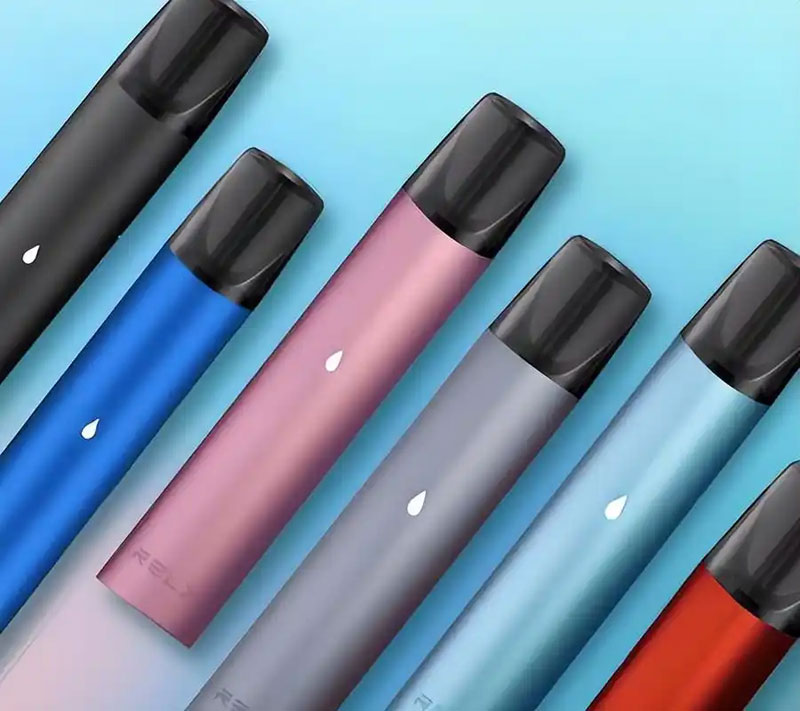
As the popularity of e-cigarettes continues to rise, potential health risks associated with their use are becoming a major concern, particularly regarding their ability to emit toxic and potentially carcinogenic metals. These concerns are largely centered around the materials used in the production of e-cigarettes, as well as how the device functions. The process of heating the e-liquid to create vapor involves metal components that can introduce harmful substances into the vapor that users inhale.
One of the primary ways e-cigarettes may become a source of harmful metals is through their heating coils. These coils are essential to the vaporizing process, typically made of metals like nickel, chromium, and zinc. During operation, these metals can degrade and release particles into the vapor.
Sources of Metal Contamination
Indeed, studies have shown that vapor produced by e-cigarettes may contain significant levels of these metals, echoing concerns that such exposure can impact long-term health.
Understanding the Risk

When evaluating the potential dangers, it is crucial to understand which metals are most concerning. Chromium and nickel are often cited due to their classification as potentially carcinogenic when inhaled. Meanwhile, elements such as lead and cadmium, often found in traces, are connected to developmental issues and neurological damage. It is the presence of these metals, not necessarily in isolation but in combination, that make e-cigarettes a focal point for potential health warnings.
Regulatory bodies are increasingly alert to such risks, yet the lack of a global standard complicates enforcement.

Understanding how metals enter the vapor is vital to addressing this issue. Several factors, from manufacturing practices to user habits, influence metal emission. For example, studies have indicated that higher wattages and increased usage can exacerbate the release of metallic particles. This means that even the choice of device and settings can impact levels of exposure significantly.
Minimizing Exposure
While avoiding metal exposure entirely may be difficult, consumers can take steps to mitigate exposure. For starters, opting for reputable brands and manufacturers can ensure better quality control and reduced risk of contamination. Additionally, understanding and maintaining e-cigarettes properly can decrease the likelihood of metal degradation. Regular cleaning and coil replacement are practices that can lessen the emission of harmful metals .
.